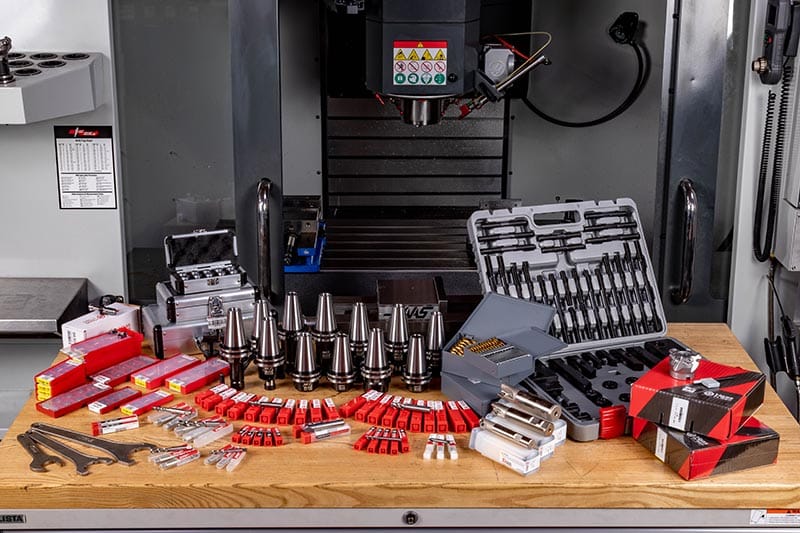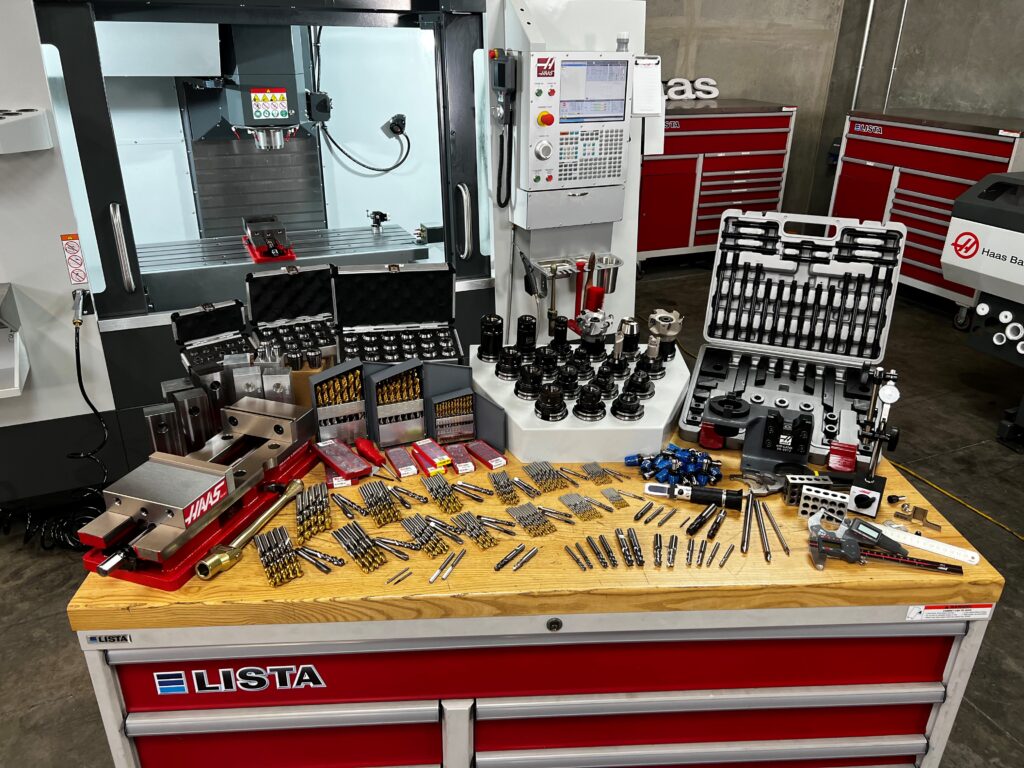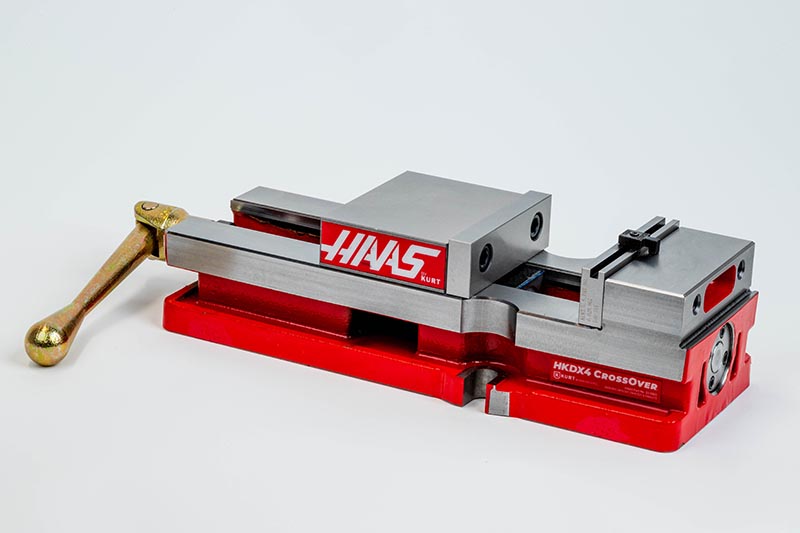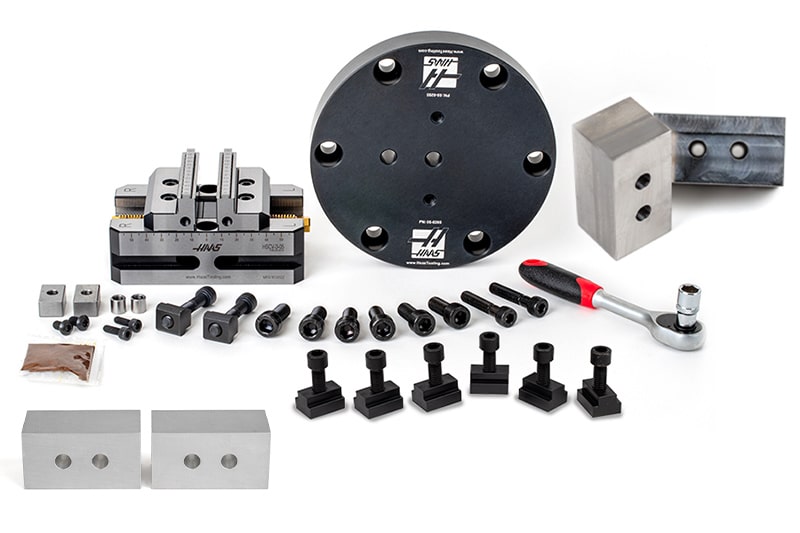Every machinist knows that precision isn’t just about the machine or the tool—it’s about how they work together. Two of the most important variables that determine the quality of any cut are feeds and speeds. These parameters dictate how fast the cutting tool rotates and how quickly it moves through the material. When properly calculated, they produce cleaner cuts, extend tool life, and prevent costly errors like tool chatter or workpiece damage.
Mastering feeds and speeds is essential for anyone working in modern machining. Whether you’re roughing aluminum, finishing stainless steel, or threading titanium, understanding how these settings interact helps you unlock the full potential of your CNC setup and achieve consistent, professional-grade results.
How Feed Rate and Spindle Speed Work Together

Before diving into optimization, it’s crucial to understand what feeds and speeds actually mean.
- Feed rate refers to how fast the cutting tool moves through the material. It’s usually measured in inches per minute (IPM) or millimeters per minute (mm/min).
- Spindle speed (or cutting speed) describes how fast the tool or workpiece rotates, typically measured in revolutions per minute (RPM).
These two factors are closely related: changing one affects the other. For example, increasing spindle speed without adjusting the feed rate can cause excessive heat and tool wear, while lowering it too much can result in poor chip evacuation and rough surfaces. The goal is to find the sweet spot—fast enough to maximize efficiency, but controlled enough to maintain surface quality and tool longevity.
A good starting point is to match your feeds and speeds to your material and tool type. Harder materials like steel require slower spindle speeds and lower feed rates to prevent tool damage. Softer materials like aluminum or plastics can handle faster speeds, allowing for quicker material removal.

Your choice of tooling plays a major role here. Using the right lathe tool holder ensures that the cutting forces are distributed evenly, reducing vibration and maintaining consistent chip load. Balanced and rigid tool holders improve accuracy and help prevent chatter, especially when machining harder alloys or deep pockets.
Chip load—the amount of material removed per cutting edge per revolution—is another critical variable. Too light a chip load leads to rubbing instead of cutting, which dulls tools prematurely. Too heavy a chip load, on the other hand, can cause deflection and poor surface finish. The ideal chip load keeps the cutting edges sharp, the temperature stable, and the material removal rate high.
When both feed rate and spindle speed are optimized, you’ll notice smoother tool paths, reduced cycle times, and fewer tool changes. This level of efficiency is what separates good machining from great machining.
Tips for Optimizing Feeds and Speeds for Perfect Cuts

Getting the perfect combination of feeds and speeds is both a science and an art. It involves a mix of calculations, experience, and experimentation. Here’s how to fine-tune your setup for maximum precision and productivity.
1. Use tool manufacturer recommendations as your baseline.
Most tooling suppliers provide recommended speed and feed ranges based on material hardness, coating, and tool diameter. These figures are a great starting point and help you avoid the common mistakes of running too fast or too slow.
2. Optimize based on tool material and geometry.
Carbide tools can handle higher speeds compared to high-speed steel (HSS) tools due to their superior heat resistance. The geometry of your end mills also plays a role—two-flute mills are better for softer materials and chip evacuation, while four-flute or variable-pitch mills are ideal for harder metals and tighter tolerances.
3. Adjust for tool diameter.
Smaller tools require higher spindle speeds but lighter feed rates to avoid breaking. Larger tools, conversely, can tolerate slower RPMs but need higher feed rates to maintain efficient chip load. Always consider your tool’s diameter and the rigidity of your setup when adjusting parameters.
4. Account for depth and width of cut.
Deeper or wider cuts increase the load on both the tool and spindle. Reducing speed slightly while increasing coolant flow can help manage temperature and extend tool life. Shallow finishing passes can be run at higher speeds for cleaner surface finishes.

5. Use consistent coolant delivery.
Proper coolant or misting ensures that heat doesn’t build up at the cutting edge. It also improves chip evacuation, preventing recutting and surface blemishes. Coolant flow should be aimed directly at the cutting zone to maintain consistent temperature control.
6. Listen to your machine.
Experienced machinists know that sound can be a powerful diagnostic tool. A smooth, steady tone usually indicates optimal cutting conditions, while squealing or chattering suggests the tool is either rubbing or deflecting. Making small adjustments to RPM or feed can often eliminate these issues.

7. Leverage software and calculators.
Many CAM programs and online tools now include built-in feed and speed calculators. These tools factor in machine horsepower, tool geometry, and material properties to suggest optimal values. They take the guesswork out of the equation, helping even novice machinists set parameters confidently.
8. Check your results and iterate.
Even with the best calculations, every machine behaves differently based on its rigidity, spindle condition, and workholding setup. Track your results—surface finish, tool wear, and cycle time—and make incremental changes. Small adjustments can lead to major gains in consistency and quality.
When using advanced cutting operations like threadmill threading, precision becomes even more crucial. Thread milling requires precise synchronization between feed and spindle speeds to maintain the correct pitch and thread depth. A single miscalculation can ruin an entire part. Balancing your speeds correctly ensures smooth threads, tight tolerances, and reduced tool wear.
Bringing It All Together

Feeds and speeds are at the core of every CNC machining process. They determine not only how efficiently a part is cut but also how long your tools and machines last. Even a small deviation can lead to tool failure, poor surface quality, or wasted material.
Properly tuned parameters also improve energy efficiency. Machines running at optimal speeds draw less power, generate less heat, and require fewer tool changes—all of which translate into higher productivity and lower operational costs.
For shops focused on high-speed or high-precision work, understanding the relationship between feed rate, spindle speed, and chip load is non-negotiable. It’s the key to smoother cuts, better finishes, and consistent results across all materials.
Final Thoughts

Mastering CNC feeds and speeds is one of the most valuable skills a machinist can develop. By pairing the right lathe tool holders, end mills, and threadmills with properly calculated cutting parameters, you can achieve remarkable precision and efficiency. Start with recommended values, make measured adjustments, and listen to your machine.
Once you find that perfect balance, you’ll experience cleaner cuts, reduced downtime, and a noticeable boost in overall machining performance—proof that the science of feeds and speeds is what truly defines craftsmanship in CNC machining.
- 0shares
- Facebook0
- Pinterest0
- Twitter0


